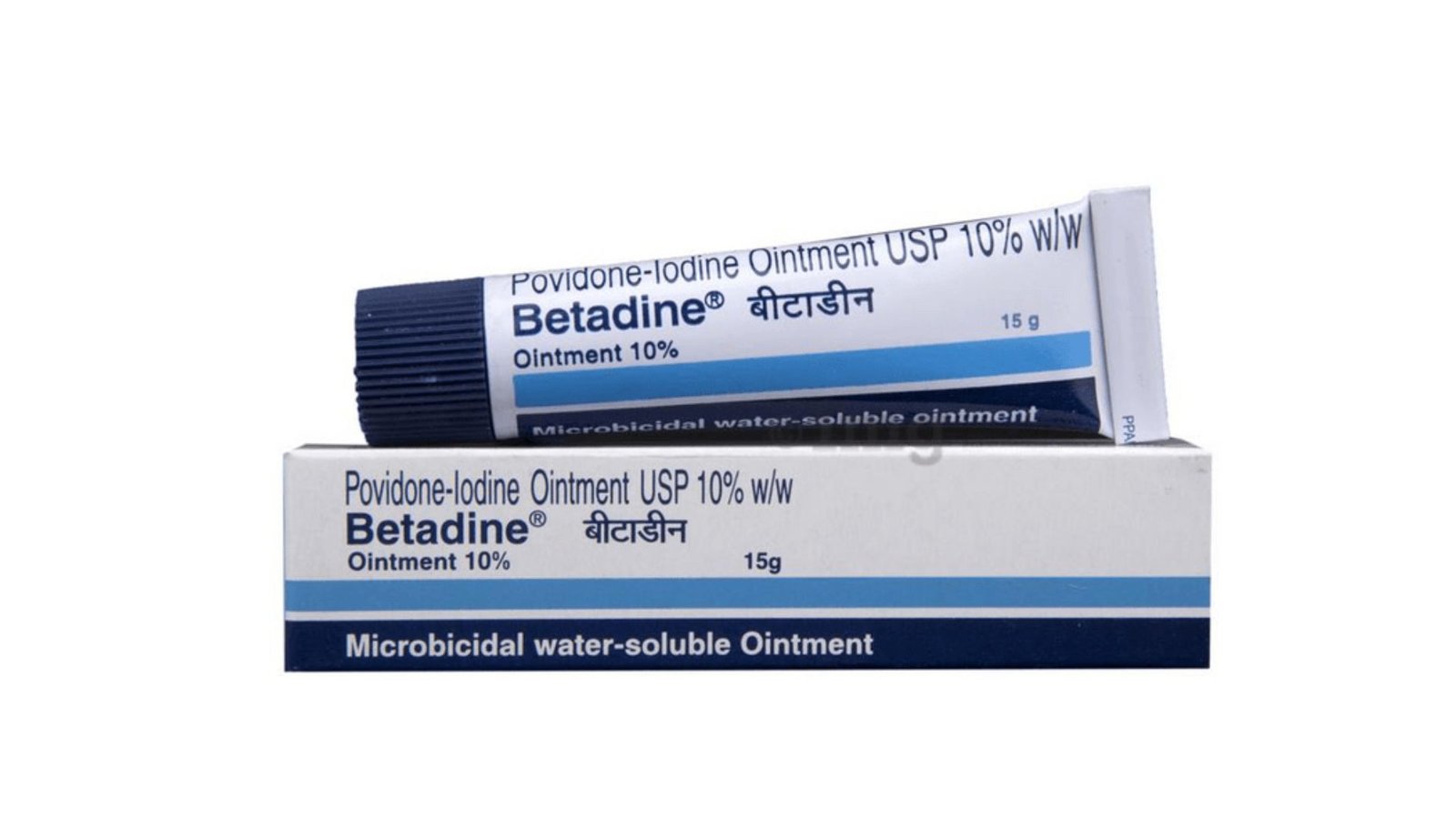Betadine Cream has long aided in wound recuperation and is respected for promoting the healing of injuries. Whether minor lacerations or more substantial mishaps trouble, often Betadine proves a stalwart selection. Full benefits of Betadine Cream to ensure proper healing in injuries can only be derived if it is applied correctly. Here, we are going to walk you through the step-by-step instructions on the proper way of applying Betadine Cream so that you gain maximum benefits from such an essential product. Application directions should be followed precisely, as improper use may reduce effectiveness in preventing infection. The cream works best when liberally but smoothly applied on wounds, keeping them clean and allowing them to heal without hindrance.
1. Preparing the Wound Area
Before applying Betadine Cream, it’s essential to prepare the wound vicinity to ensure that it’s easy and loose from debris. Start with the aid of gently washing the affected place with moderate soap and water. This initial cleansing enables the disposal of any dust or contaminants on skin. Once wiped clean, pat the location dry with a clean towel or sterile gauze. Ensuring the wound is dry is important, as moisture can intrude on the effectiveness of the cream.
2. Opening and Dispensing Betadine Cream
Once the wound region is prepared, it’s time to open the Betadine Cream. Check the expiry date you apply to make sure the cream works effectively. Squeeze a small amount of this cream and apply with fingers/applicator. It’s vital not to touch the tip of the tube together with your fingers or the wound, as this can introduce microorganisms into the product, potentially compromising its sterility.
3. Applying the Cream to the Affected Area
Use it gently on the affected area. Spread a skinny, even layer of Betadine Cream over the wound, ensuring that the whole place is blanketed. Be cautious no longer to use too much pressure, particularly if the wound is sparkling or painful.
4. Ensuring Proper Coverage
After applying the Betadine Cream, take a moment to look at the wound and make sure that it is satisfactorily covered. The cream should shape a uniform layer throughout the wound with no gaps.
5. Covering the Wound
Depending on the scale and region of the wound, you may pick out to cover it with a sterile bandage or gauze after making use of Betadine Cream. Covering the wound can provide additional safety towards dirt and microorganisms, specially in regions vulnerable to friction or exposure. Cover only when advised by a doctor. If you are determined to cover the wound, make certain the bandage is clean and changed regularly to save you any capacity build-up of moisture, which could put off recuperation.
6. Frequency of Application
For most reliable outcomes, Betadine Cream should be implemented often, as directed by using your healthcare company or in keeping with the commands at the packaging. Typically, the cream is applied three times each day, depending at the severity of the wound and the region being dealt with. Consistent application ensures that the wound remains covered and that the antiseptic action of the cream is maintained at some point of the healing manner.
7. Storing Betadine Cream
Proper storage of Betadine Cream is vital to hold its effectiveness. Store the cream in a groovy, dry vicinity, far from direct daylight and moisture. Always close the cap tightly after use to keep it from drying out or contaminating. Keeping it in its unique packaging will also keep it far from exposure to elements, which may lower its quality.
8. When to Seek Medical Advice
While Betadine Cream is effective for minor wounds, it’s important to understand when to search for clinical advice. If the wound does not display symptoms of improvement within a few days, or if you observe multiplied redness, swelling, or discharge, it could be a sign of infection or an extra extreme underlying issue. In such cases, discontinue using Betadine Cream and seek advice from a doctor for further assessment and remedy.
Wrapping Up
Indeed, Betadine cream is a trusted, flexible, and powerful solution in wound care. With its key element, Povidone Iodine, critical protection against infections, faster restoration, and lengthy-lasting protection against all kinds of wounds are provided. Be it minor cuts or wounds, Betadine cream must be a part of your first useful resource kit. Its ease of use, coupled with affordable and ready availability, is why it would be a reliable choice for individual and family settings. Adding Betadine cream to your list of wound-care repeat medications will ensure your injuries are healed correctly with minimum complications of infection or other adversities.



